Full-day Private Tour of Sidon And Tyre
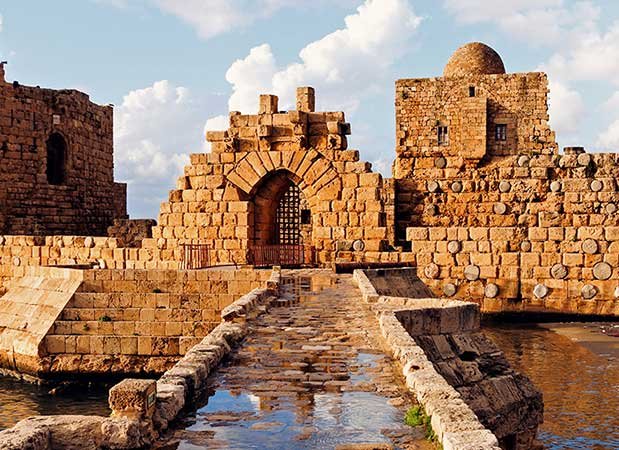

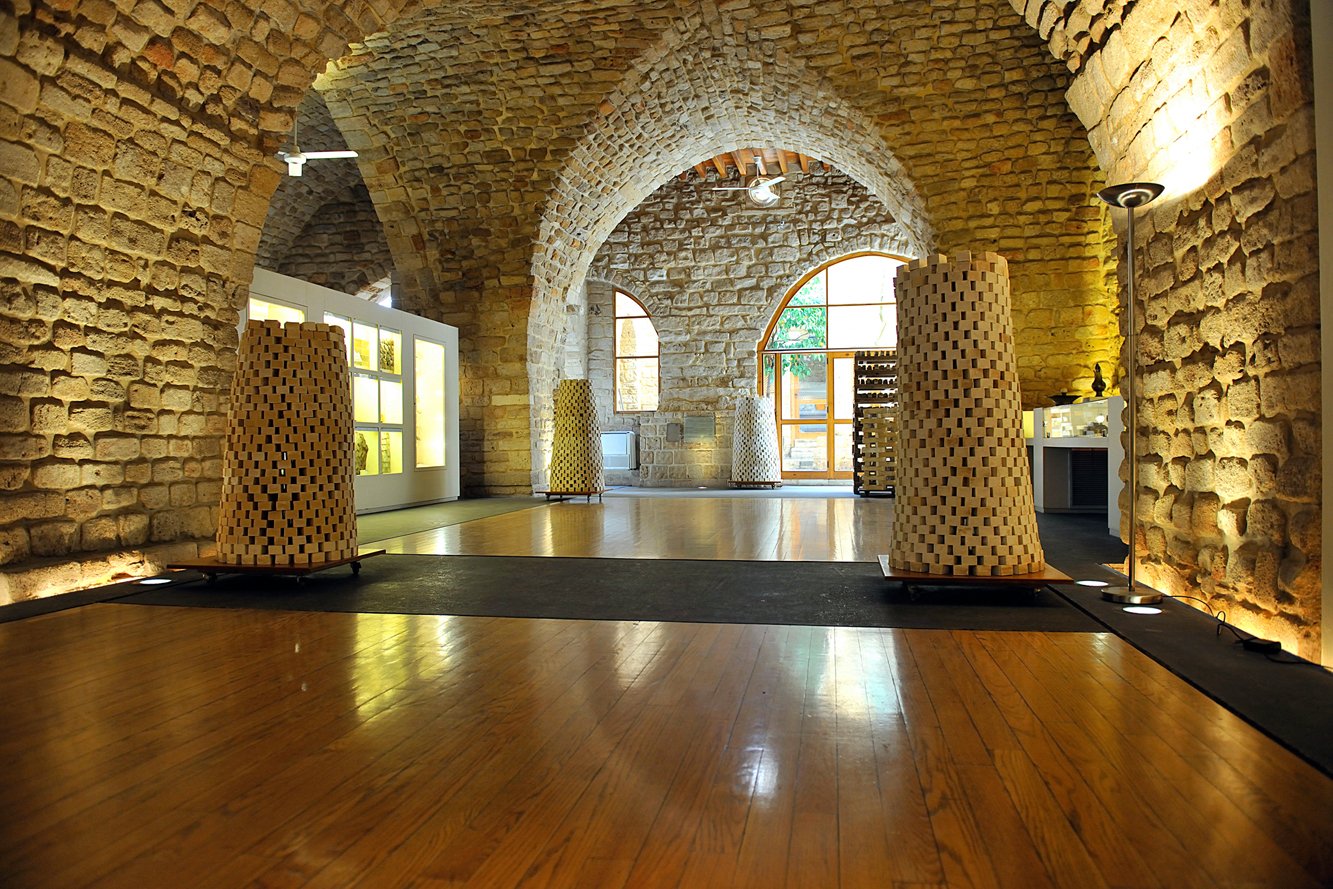


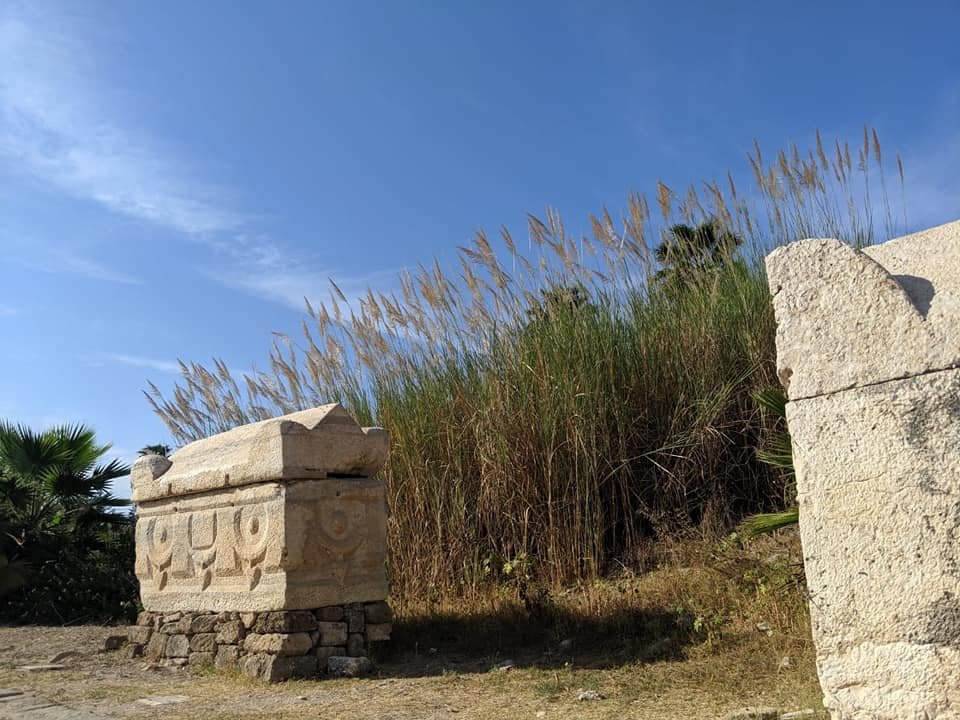

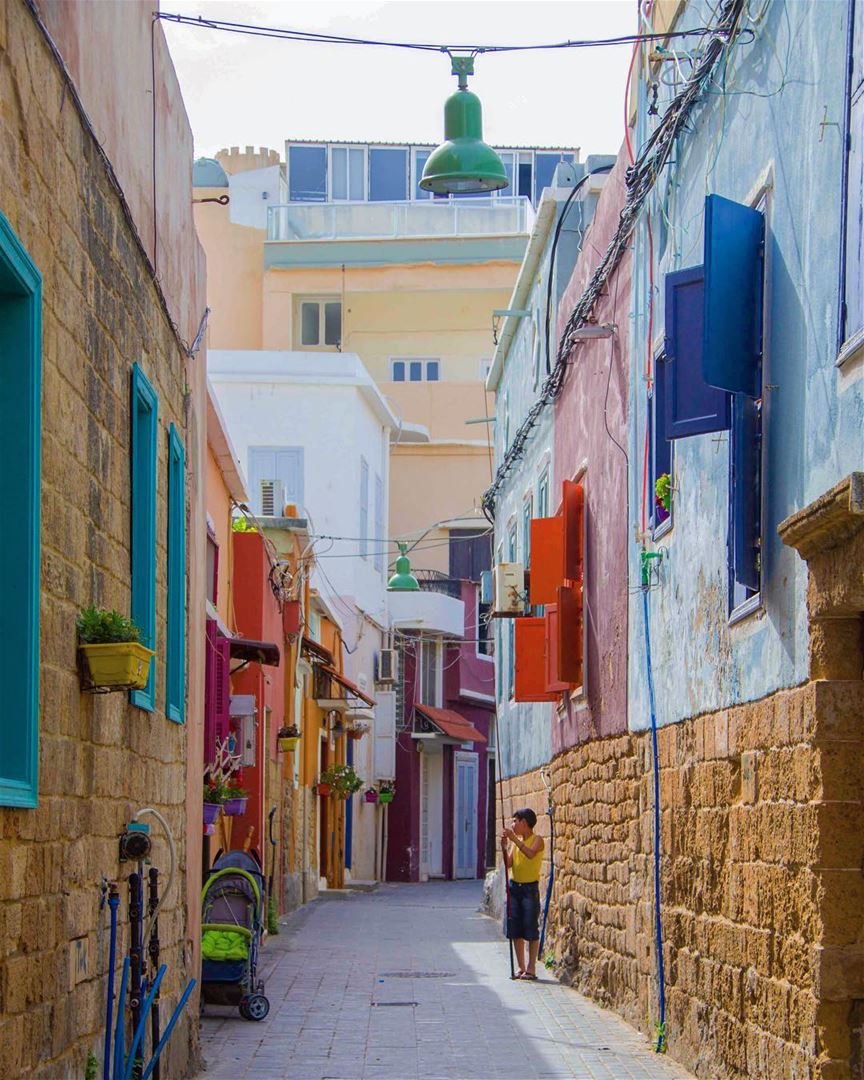
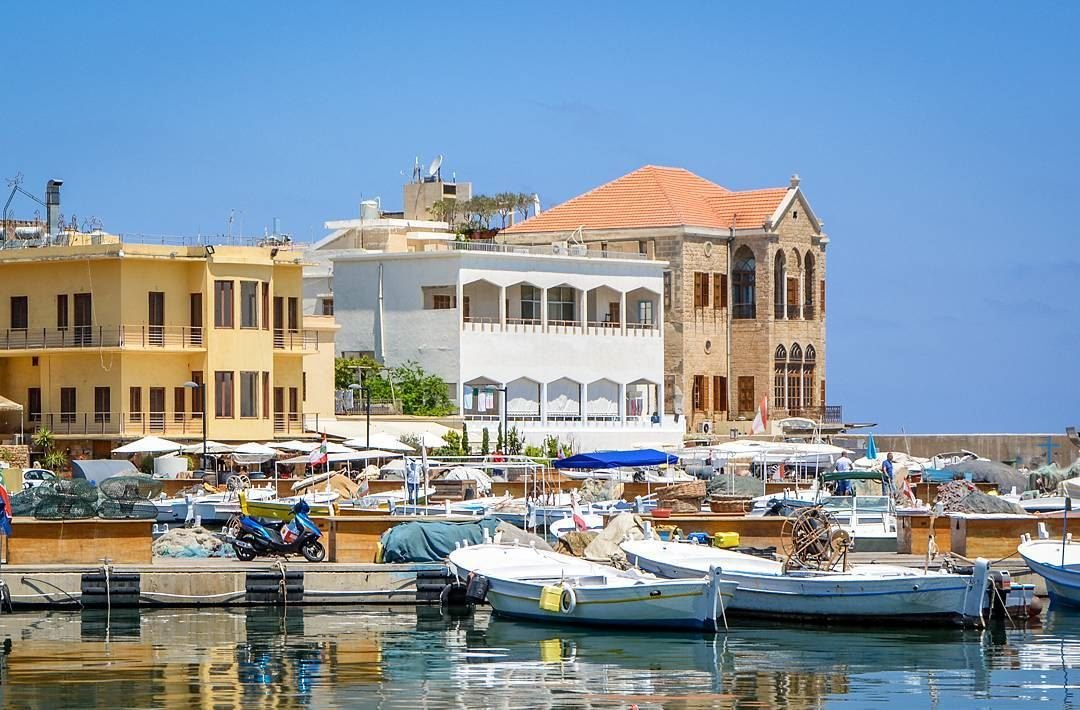
SIDON AND TYRE FULL-DAY
PRIVATE TOUR
Availability & Price
POSSIBLE START TIMES: 8:30 AM | 9:00 AM | 9:30 AM
AVAILABILITY: EVERY DAY
DURATION: ~8 HOURS
PRICE: STARTING $65 PER PERSON
-
1 PAX: $225
2 PAX: $135
3 PAX: $100
4 PAX: $85
5 PAX: $75
6 PAX: $65
-
Includes: Transportation in a modern vehicle, English speaking Tour Leader, good lunch, admission tickets, Licensed guide in Al Bass archeological site & maritime archeological site, water, Wi-fi.
Excludes: snacks, personal expenses, souvenirs, gratuities to the local guide / driver
SAMPLE ITINERARY
8:30 - pickup from hotel
9:15 - Arrive at Sidon
- visit Sidon sea castle, the souks of Sidon, Audi soap museum
11:15 - Leave Sidon
12:00 - Arrive at Tyre
(lunch)
- Visit Tyre port, Old Christian quarters, Tyre Roman ruins
15:30 - Leave Tyre
16:45 - Return to hotel
Overview: The city of Sidon is located on the Mediterranean coast of Lebanon. This ancient Phoenician city has been of great religious, political and commercial value; it is said to be inhabited since 4000 B.C. During the 13th century, the Crusaders built Sidon's Sea Castle as a fortress on a small island connected to the mainland by a narrow 80m long roadway. The island was formerly the site of a temple to Melqart, the Phoenician version of Heracles. The beauty of the Castle can be seen in old illustrations of it; however, after bearing several wars, it has been damaged and renovated several times. It was partially destroyed by the Mamluks when they took over the city from the Crusaders, but they subsequently rebuilt it and added the long causeway. The castle later fell into disuse, but was again restored in the 17th century by Emir Fakhreddine II, only to suffer great damage.
The main street near the crusader castle is full of small shops, cafes, sea-shell crafts. In the old souq (marketplace) you will find shops of all sorts in narrow intricate and inter-connected alleyways. You will visit a soap museum which displays an important piece of Sidon's heritage as a coastal city. Sidon gained fame for their soap and sponge.
Our next stop is Tyre, we will visit first the Hippodrome and the necropolis at the main archeological site, followed by the secondary sea-side site. In ancient times, the island-city of Tyre was heavily fortified and the mainland settlement, originally called Ushu(later called Palaetyrus, meaning "Old Tyre," by the ancient Greeks) was actually more like a line of suburbs than any one city and was used primarily as a source of water and timber for the main island city. The two fought against each other on occasion, but most of the time, they supported one another because they both benefited from the island city's wealth from maritime trade and the mainland area's source of timber, water and burial grounds.




